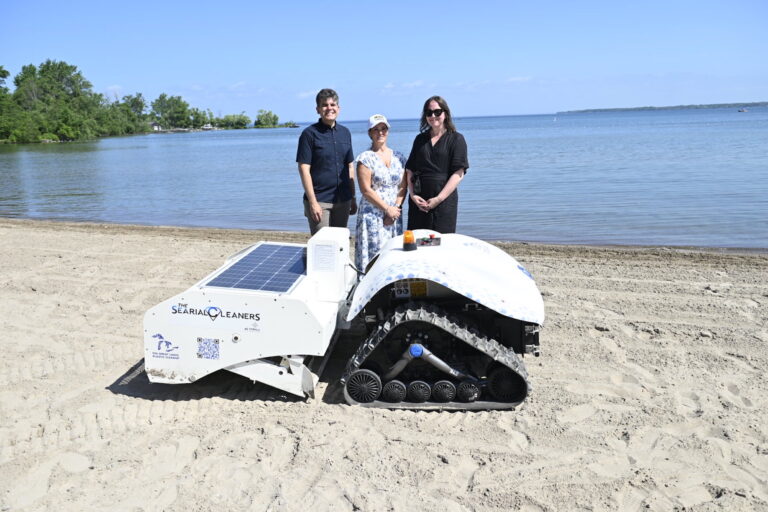Monday, June 30, 2025
Teck Coal Limited has been ordered to pay $60 million under the Fisheries Act and must comply with a direction requiring pollution reduction measures.
On March 26, 2021, Teck Coal Limited was ordered to pay a total of $60 million in fines and monetary court orders after a guilty plea was entered on two counts of unlawfully depositing a deleterious substance into water frequented by fish, contrary to s. 36(3) of the Fisheries Act. In addition to the penalty, the company must also comply with a Fisheries Act Direction.
This sentence is the highest ever imposed by a court for pollution in violation of the Fisheries Act. Of the penalty, $58 million will be directed to the Government of Canada’s Environmental Damages Fund and will be used to support projects that benefit Canada’s natural environment. The remaining $2 million are fines which will be directed to the Receiver General.
The charges, laid on March 24, 2021, resulted from a comprehensive investigation by Environment and Climate Change Canada, which revealed that Teck Coal Limited’s operations were depositing deleterious coal mine waste rock leachate into the upper Fording River in British Columbia. In 2012, this leachate from Teck Coal Limited’s Fording River Operations and Greenhills Operations coal mines deposited selenium and calcite into the upper Fording River.
During the investigation, under the authority of a warrant, enforcement officers captured Westslope Cutthroat Trout in the upper Fording River and some of its tributaries. Environment and Climate Change Canada’s laboratory analysis determined that some of the fish captured contained selenium concentrations at levels that can be linked with adverse effects in fish. Officers also identified calcite deposits in the upper Fording River and some of its tributaries that had caused a hardening of the riverbeds that can affect the quality of the fish habitat.
Following the investigation, Environment and Climate Change Canada officers had reasonable grounds to believe that Teck Coal Limited had not taken all reasonable measures, consistent with public safety, and with the conservation and protection of fish and fish habitat as required by s. 38(6) of the Fisheries Act, and that immediate action was necessary to prevent and mitigate any detrimental effects.
Consequently, on October 29, 2020, Environment and Climate Change Canada issued a Direction. The measures required by the Direction are aimed at preventing the discharge of deleterious substances and mitigating the adverse effects of selenium and calcite deposits to help protect the Westslope Cutthroat Trout population in the upper Fording River.
Selenium can be harmful when it builds up to a level that is toxic. Selenium toxicity occurs when selenium is taken up by organisms at the base of the food web, such as bacteria, algae and fungi, as well as plants (phytoplankton or larger plants). These organisms transform selenium in water to an organic form in their tissues. The organic selenium in these organisms is then taken up by wildlife or fish that eats them.
Coal mine waste rock leachate in the upper Fording River watershed also contains dissolved calcium and carbonate, which can result in the precipitation of calcite on stream and river bottoms. When it reaches a certain level, the precipitation of calcite can change the characteristics of stream beds by binding gravels and rocks together. This can adversely affect fish utilization and the quality of fish habitat.
The Westslope Cutthroat Trout is the only fish species known to inhabit the upper Fording River and its tributaries. It is a provincially blue-listed species (i.e., a species of concern) and a federal species of concern under the Species at Risk Act. The Westslope Cutthroat Trout in the upper Fording River is one of a limited group of populations that have been identified as genetically pure, making it an important population for Westslope Cutthroat Trout conservation.











